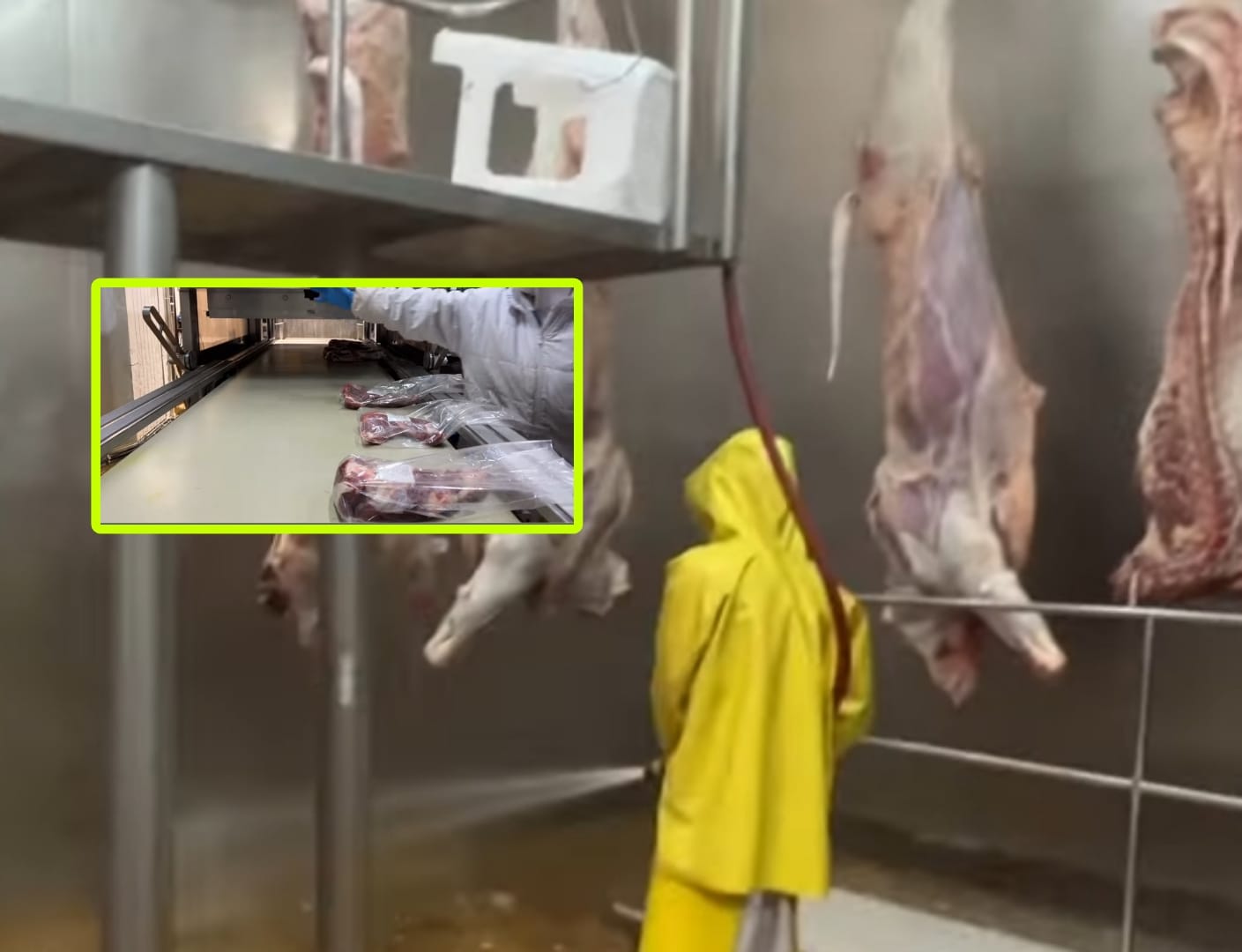Slaughterhouses or refrigerators? That is one of the concerns in Colombia, after the proposal to reopen the municipal slaughterhouses.
National News.
The president of Colombia, Gustavo Petro, does not rule out reopening animal benefit plants or better known as ‘municipal slaughterhouses’, this as a measure to confront what he has called the ‘monopoly’ of meat processing plants that have the price of meat “for clouds”.
These points would work with the administration of mayors, as had already happened when they were operational.
Of course, it has received certain resentments in various sectors of society, since many generated losses and were forced to close due to even mismanagement.
expensive meat
Currently, for example, a kilo of special caderita meat that at the beginning of 2022 cost 9 or 11 thousand pesos, today exceeds 16 and 17 thousand, or up to 20 thousand, depending on where it is purchased.
Petro considers it important that “all regions of the country return to municipal slaughterhouses”, since the livestock supply is closely related to the concept of the livestock cycle and the slaughter of animals.
In an open economy, with no more restrictions or benefits than those offered by the market itself, there is a price behavior determined by supply and demand.
He explained that the rancher conditions his decision to slaughter the cattle according to the characteristics of the market at that time.
What the president is referring to is that a “beef monopoly” is currently taking place.
Since 2016 they have been closed
But, beyond all the controversy, it is also about understanding how the business with refrigerators is currently structured.
Refrigerators in Colombia
Juan Diego Alvira, from Semana Magazine, made a report detailing “the reality of refrigeration companies in the country.”
What was revealed by Alvira’s report shows that refrigeration companies are regularly earning by manufacturing the product, about $95,000 for this service.
And generally the most worked meats are beef and steer, where at least 500 kg end up “being for human consumption” between 220 kg and 230 kg.
When a monopoly is created, many speculations are born among those who believe that much of the meat they put on the market is not regulated or poorly processed.
The return of the slaughterhouses
The return of the ‘municipal slaughterhouses’ implies greater controls by Invima, as well as greater regulations.
According to Álvaro Urrego, in an interview for the same outlet, he asserted that the costs are very high “to kill four or five cows a week.”
While in the refrigerators, “nearly 800 cattle are processed per day.”
These costs are reflected in the losses that were generated for the State.
On May 4, 2007, the government issued Decree 1500, which regulated the surveillance that would be applied to meat products in Colombia.
It was the Plan for Rationalization of Processing Plants.
It was established that these places had to guarantee the cold chain and those that could not do so, had to close.
As a result, many slaughterhouses across the country ended up closing.
Some managed to acquire the refrigerators and adapt to the new norm, which gave a term until 2016.
Since that year 359 plants have been closed in the country.
Also read
They sold horse and donkey meat to the battalion and prison in Bucaramanga, passing it off as beef.








